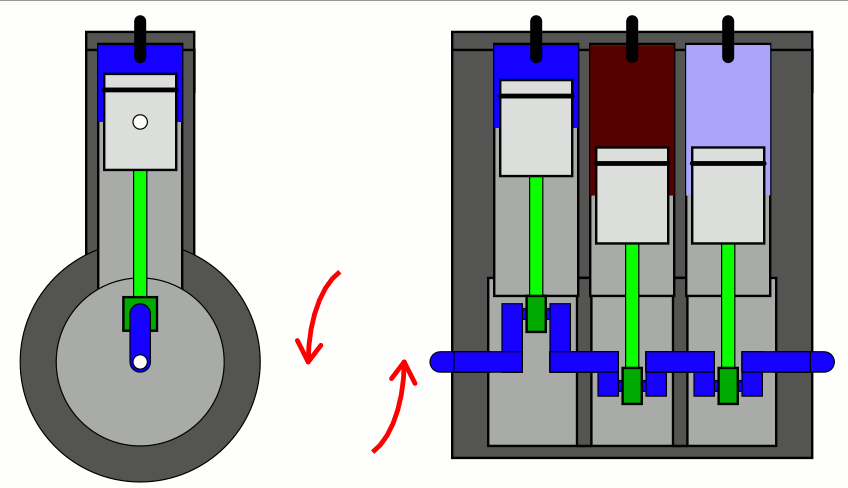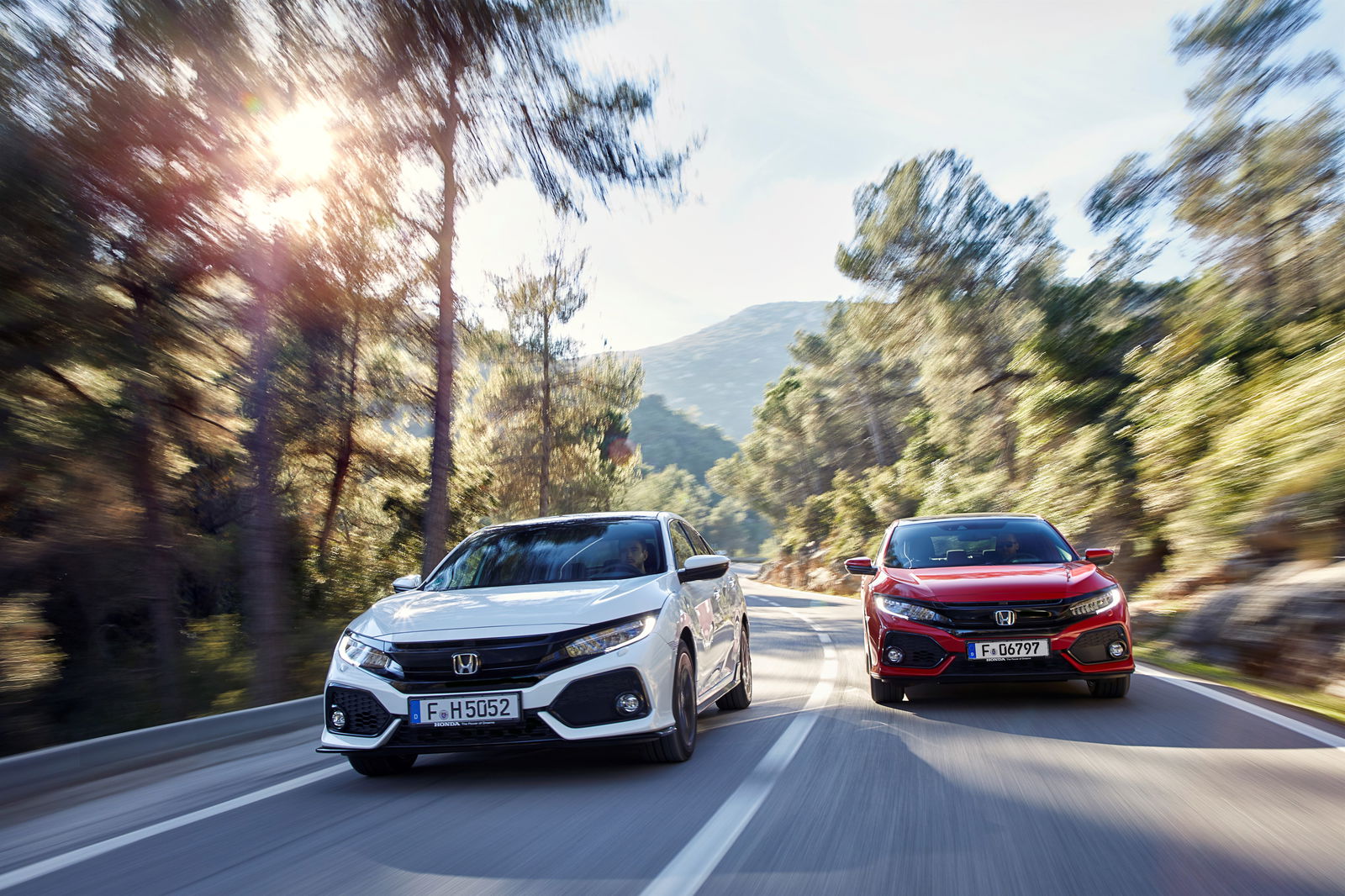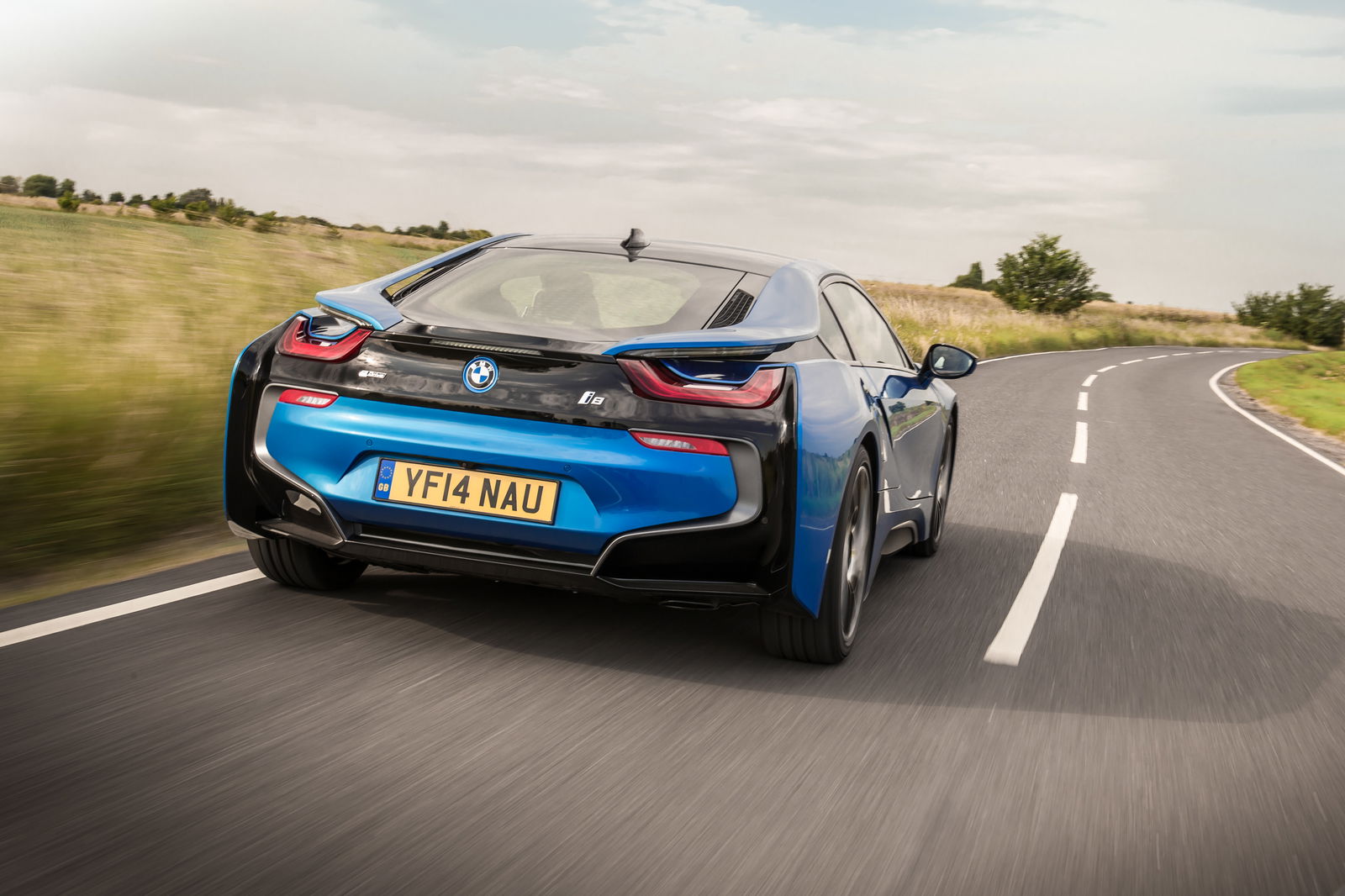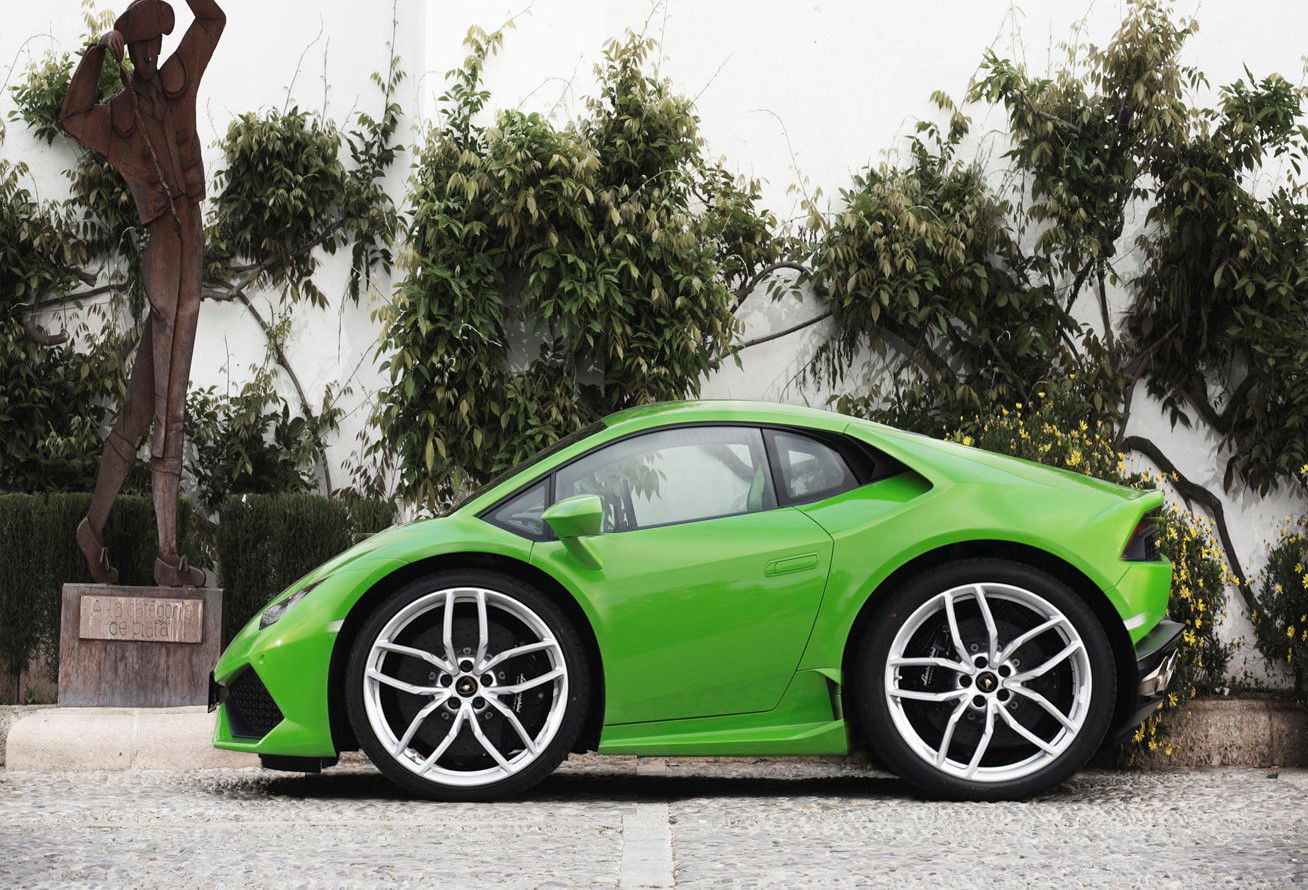Here's The Problem With Three-Cylinder Engines

Three cylinder engines are a big deal now. The age of downsizing has seen myriad three-pot options appear from VW Group, BMW, Honda and more. Usually featuring turbocharged assistance, power is rarely an issue, however, they aren’t always the most pleasant engines to experience. But why is that?
An inline three-cylinder engine is essentially a straight six engine lopped in half. Normally in a straight six, the two outer cylinders reach top dead centre (TDC) in unison, with the other four cylinders reaching specific angles of rotation to balance the primary forces, secondary forces and rotational torque of the engine nicely.
In a three-pot, piston one (the front piston) reaches TDC while the other two are 120 degrees away from either TDC or bottom dead centre (BDC). This means that the primary and secondary forces are balanced vertically, but the torque over the reciprocating pistons is not matched in unison like in an I6. Instead, the engine is trying to naturally rotate and flip over on itself. So to avert this, a balancing shaft is needed to counteract the twisting force.
The torque inbalance (shared with inline-five engines) makes for a rattling powertrain as the engine tries to rock from end-to-end, even when balanced as much as physically possible. This is due to the weight of the balancing shaft that the crankshaft has to work against, making these engines less free-revving than their more-balanced counterparts. Counterweights can also be machined into the crankshaft itself but they also add weight, decreasing its ability to rotate freely.
Also, due to the fact that ignition occurs every 240 degrees, the crankshaft journals are spaced 120 degrees apart. This means that there will be a significant proportion of crankshaft rotation (60 degrees) when no power stroke is occurring. That reciprocatory feature leads to the lack of smoothness in power delivery and large amounts of vibration that three-cylinder engines are notorious for. The rough-running engine behaviour will be emphasised at lower engine speeds especially, due to the lack of power strokes occurring.

Despite these shortcomings, there are plenty of reasons why many manufacturers these days are choosing three-cylinder engines. Firstly, they’re lightweight and compact which allows them to be placed in multiple platforms throughout a manufacturer’s range of vehicles. For example, BMW uses the three-cylinder powertrain from the Mini in its i8 hybrid sports car.
In terms of performance, one less cylinder than a standard inline-four engine makes for a decrease in frictional losses from the moving components. This factor along with smaller displacements amounts to strong economy figures.

With lower-spec models in car line-ups often leaning towards three-cylinder powertrains, it’s probable that many ‘first cars’ bought from new will feature these small engines, depending on how the expected move away from downsizing in the industry pans out.
With the reduced manufacturing costs when compared to an I4, the next few years could become the heyday of the three-cylinder engine until the next leap in IC technology occurs. Although this may seem a gloomy future compared to what we’re all used to, with a touch more refinement, the three-pot could make for an eager and spritely companion.
Have you ever owned a three-cylinder car? Does a smaller displacement three-pot appeal to you over a more generic inline-four? We’d like to know your opinion below.

Comments
ZEOD is happy :D
And I prefer some three cylinders over 4 pots, they make a fantastic noise. Love the TwinAir 2-banger in the Alfa MiTo/ Ypsilon/ Fiat 500 too
So, a i3 is basically a RB26 cutted in half.
Count me in!
I really like the I3 in our cuore. Sounds good and the vibrations aren’t that bad, not something I would say about the I3 found in the old swift, that thing is like a tractor engine.
i personally prefer 3-pots to small i4’s, the biggest reason is purley because of the sound the 3-pot makes, and it is even better when it revs up towards 10k rpm (triumph street/speed triple)
From my unpopular point if view, any car with less than 4 cylinders and 1500cc displacement should instead be made fully electric
All these 0.9L 3-pots are pointless (although yes, some of them are great engines), not as efficient as they might seem and underpowered. Replacing them with electric motors may also allow to keep bigger engines for slightly longer (as average model range CO2 will be lower)
Had one as a courtesy car. Really rattly and incredibly noisy. Low revving and low on power. In a Peugeot 108.
I like three-cylinders, they just sound ballsy.
I’d love to see a tiny roadster with a ~120hp three-cylinder, some sort of modern day MG Midget/Austin Sprite
My Aygo has one, and I like the raspy exhaust sounds it creates, tho it’s only putting put 70hp it’s nippy enough at high revs to keep up tp bigger engined cars, you learn how to get the power out the more you get accustomed to it
Personally, I like 3 cylinders a lot! In the world of motorcycles, they are the best middle ground when it comes to either v-twin vs. 4 cylinder. You get some of the torque of a v-twin and some of the top end of a 4 cylinder.
Wait!
Because it is not as bad as you might think.
I drove a test drive with a Mini Cooper with a 3 cilinder turbo engine.
No strange vibrations or hasitate loop. The engine pick up quick throtle response, drove like i don’t want to give the keys back to Mini, and consider a purchase.
But i don’t know the long term relibility of 3 cilinders?
Next, i drove a test drive with a Citroën c4 Cactus with 3 cilinders. It was a slow car, but i remention no strange fibrations and bad engine loop.
And if Honda build in 3 cilinders in Civic’s, know they do it only if the engine is 100% perfect.
Pagination